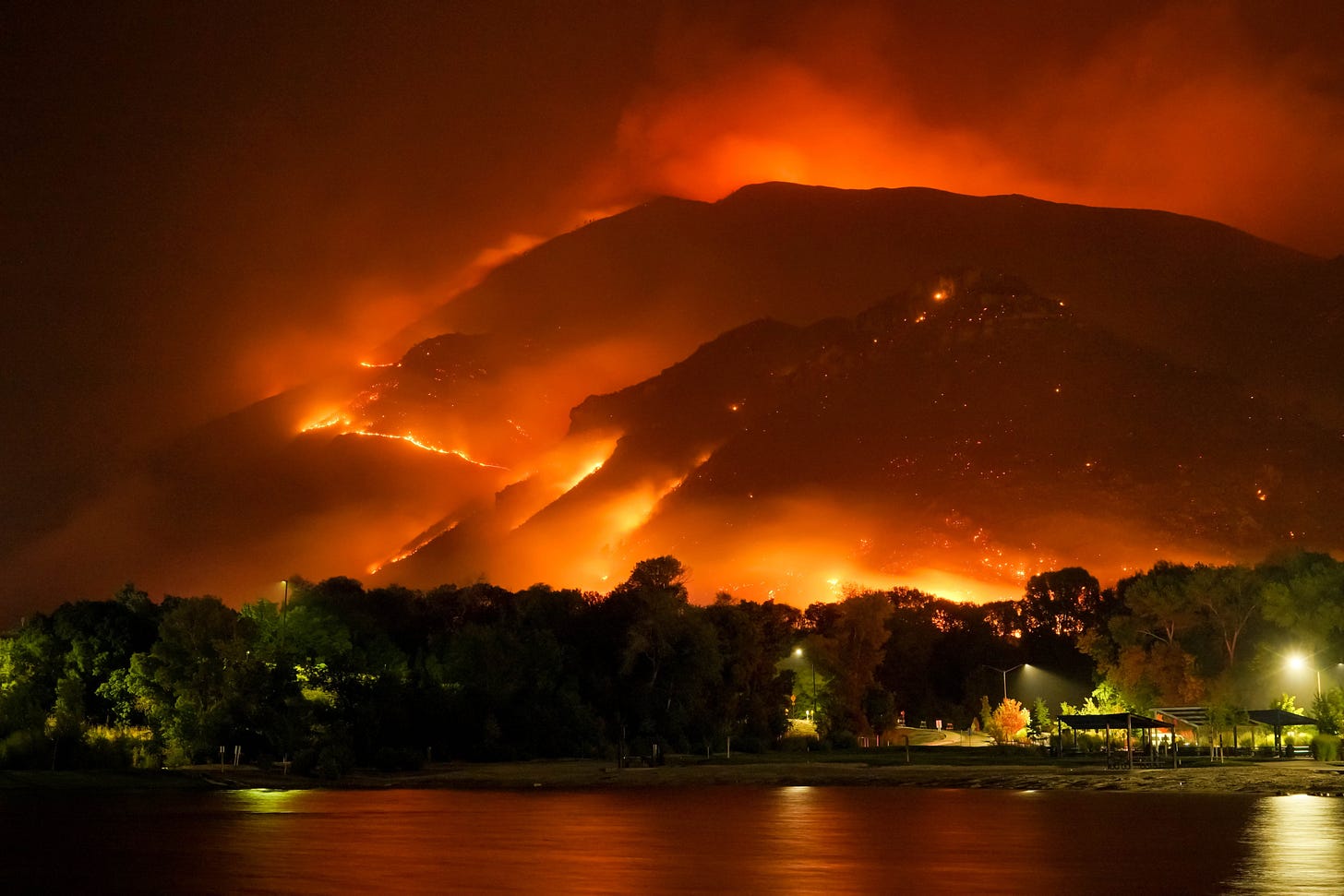Scorching Lives and Lands

Over the past two decades, wildfires have escalated alarmingly in both prevalence and intensity, carving paths of unprecedented destruction. While climate change and human activities share the blame, the United States has experienced a significant rise in burned acreage, especially in the western regions. The period from 2002 to 2020 saw a drastic increase in fire incidents compared to 1984–2001. On a global scale, forest fires have nearly doubled the area of tree cover they consume compared to two decades ago. Satellite data reveal an unsettling surge in 'stand-replacing fires'—the type that wipes out most or all of a forest's mature trees.
In California alone, the monetary losses from wildfires totaled $10 billion in 2017, $12.4 billion in 2018, and $4.2 billion in 2020. These staggering figures include property destruction, insurance claims, firefighting costs, and long-term impacts on local economies. As of October 11, 2023, damages from wildfires in 2022 and 2023 had already exceeded $3.2 billion across the United States.
Amid the ash and ruin, the human stories that emerge are harrowing and poignant. Take the August 2023 wildfire in Lahaina, western Maui, Hawaii, which left an indelible mark on its residents. Chelsea Paslay, a survivor, recounted her ordeal as she watched her beloved Maui go up in flames:
"We lost signal soon after the smoke began filling the skies. Explosions blasted, and screams began echoing across the water. By 9pm, we were wrapped in wet towels, trying to douse the embers that reached our sails with seawater."
Survivors like Chelsea not only grapple with the immediate threat to life but also face long-term uncertainties. Two months after the devastating Lahaina fires, survivors are still dealing with unresolved unemployment claims and housing crises.
While the economic and human costs are catastrophic, the environmental repercussions are equally devastating. Wildfires contribute significantly to carbon emissions, loss of biodiversity, and soil erosion. They also disrupt local ecosystems, posing a further threat to endangered species and natural resources.
In light of these crises, governmental bodies are scrambling for solutions. Washington's Governor Jay Inslee recently requested federal aid to help Spokane County recover from the damage inflicted by late-summer wildfires. This plea underscores the desperate need for assistance and highlights the collective action required to tackle the problem.
The UN Environment Programme (UNEP) and GRID-Arendal predict a global surge in extreme fires by up to 14% by 2030, 30% by 2050, and an astonishing 50% increase by 2100. These projections lay bare the urgent need for robust firefighting strategies, community preparedness, and innovative preventive measures.
Wildfires bring a multi-faceted toll to our doorstep: perpetual fear, loss, financial hardship, and the uphill battle to rebuild shattered lives. As the world grapples with this literally burning issue, the need for immediate and comprehensive action becomes ever more pressing. It's not just about dousing the flames; it's about extinguishing the conditions that allow them to ignite in the first place.



